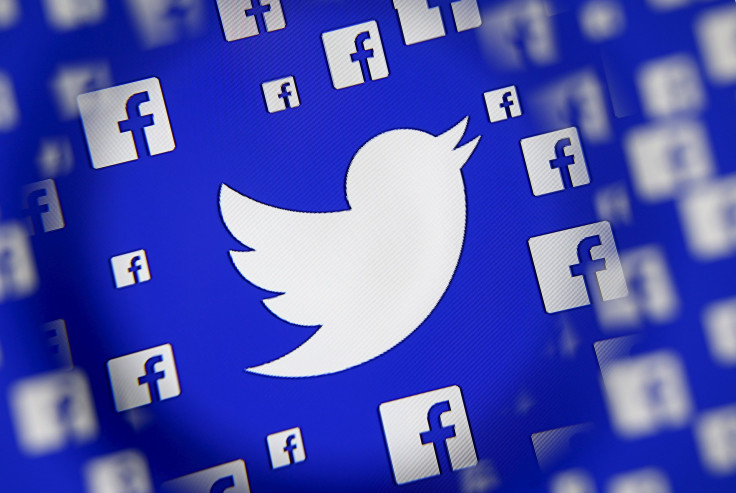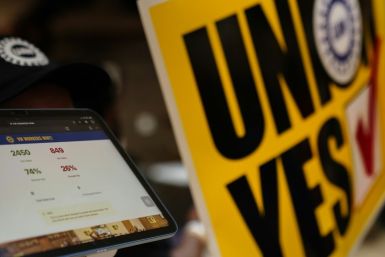Will Twitter’s new homophobic abuse policy be effective?

Twitter announced its new homophobic abuse policy two weeks ago, updating its ‘Twitter Rules’ on hateful conduct and abusive behaviour to state that it now bans homophobic and transphobic abuse on its platform.
Under the new rule, the social media giant will temporarily lock and/or permanently suspend any Twitter accounts that engage in homophobic and transphobic abuse.
Director of trust and safety for Twitter, Megan Cristina, released a blog post entitled ‘Fighting Abuse to Protect Freedom of Expression,’ explaining the company’s decision:
“We believe that protection from abuse and harassment is a vital part of empowering people to express themselves on Twitter.
“Today, as part of our continued efforts to combat abuse, we’re updating the Twitter Rules to clarify what we consider to be abusive behaviour and hateful conduct.
“The updated language emphasize that Twitter will not tolerate behaviour intended to harass, intimidate, or use fear to silence another user’s voice. As always, we embrace and encourage diverse opinions and beliefs – but we will continue to take action on accounts that cross the line into abuse.”
However, it seems the changes have only been narrowly and inconsistently applied. According to a report by The Advocate, Twitter user Ryan Kendall had filed a report after being called a “faggot” on Twitter, but Twitter's support team decided that the use of the word in this incident was not a violation of its rules, including the newly implemented homophobic policy.
I'm calling on @twitter to admit the slur #faggot violates its #abuse policy. #LGBTQ https://t.co/gQBYdD08Iz
— Ryan Kendall (@rmk2145) January 4, 2016
When asked to comment about the policy update and what it would mean for the LGBT community, 30- year- old I.T developer Sumith Jitta, who is gay, told the International Business Times Australia that it was a good step in the right direction, “but it leaves a lot to be desired.”
“Social media has created a new platform for bullying and assault. There are no boundaries to where the abuse comes from,” Jitta said. “Of course the word in this [Kendall] incident is offensive but the context is always manipulated to fit the interests of the parties in dispute. Real action only happens when the problem is acknowledged.”
“I have seen the vile vitriol which surrounds contentious issues [online]. I have seen abuse aimed at popular figures who reveal their struggle of being transgender or come out to everyone using social media. Whilst most responses are supportive, there are an equal proportion of responses that are inappropriate and vile.
“I think a lot of legal technicalities are thrown around by companies to shield themselves over certain controversial use of words.”
According to the Human Rights Commission (HRC), 61 percent of LGBTI young people report experiencing verbal homophobic abuse, 18 percent report physical homophobic abuse, and nine percent have experienced other types of homophobia, including cyber-bullying, graffiti, social exclusion and humiliation.
The HRC also stated that the LGBTI community is three times more likely to experience depression as compared to the rest of the population.
Sydney-sider Alexander Vox, who came out to his friends back in early 2012, said his sexual orientation had made him a target at school.
“The information went quickly to everyone at school and I got bullied verbally and physically from some guys. After my graduation in 2013, I got attacked at a party for being gay from the same group of guys.”
The 22-year-old is now one who welcomes Twitter’s move.
“I personally believe that this new policy is a way to show the power of social media in stopping homophobic and transphobic abuse,” he told IBTimes.
“I do think policies implemented by social media are effective because it helps people think about their own responsibility for their words. Words are strong. Social media is just like reality but we just don’t know the people behind those comments. Society has shaped people’s minds for a long time that not being 'normal' is a kind of sickness or weakness.”
Twenty-year-old student, Diamond Tat, who identifies as queer, also considers the policy a positive step in the right direction.
“Of course historically speaking, just like most policies, legislations and rules, it wouldn’t be without nuances. But don’t you worry, the Internet and keyboard warriors from different tropes will let you know their opinions in the most sensitive ways. And we should let them, so we can all have constructive conversations about homophobia, cyber-bullying and other LGBTQ+ issues.”
However, Jitta does not believe Twitter’s updated policy is effective. He believes that cyber-bullying is hard to regulate and monitor, and that laws on online bullying are too inconsistent.
“Blocking a user because of their abusive behaviour does nothing as they will come back with another identity and propagate hate,” he argued. “Fear of real repercussions is the only way to alleviate abuse, which is no easy task. Fake identities are hard to contain . . . Every identity should be verifiable and only then will any reasonable action or policy work.”
Jitta added: “Abuse, intolerance and bullying towards the LGBT community is no different from abuse received by other minority groups or even women online. Social media gives everyone a voice, some spread a positive message and some use it to bring harm and amplify bigoted behaviour, which they cannot do in the real world. Abuse comes in many languages and parts of the world...It is a challenge to handle a world of abuse.”






